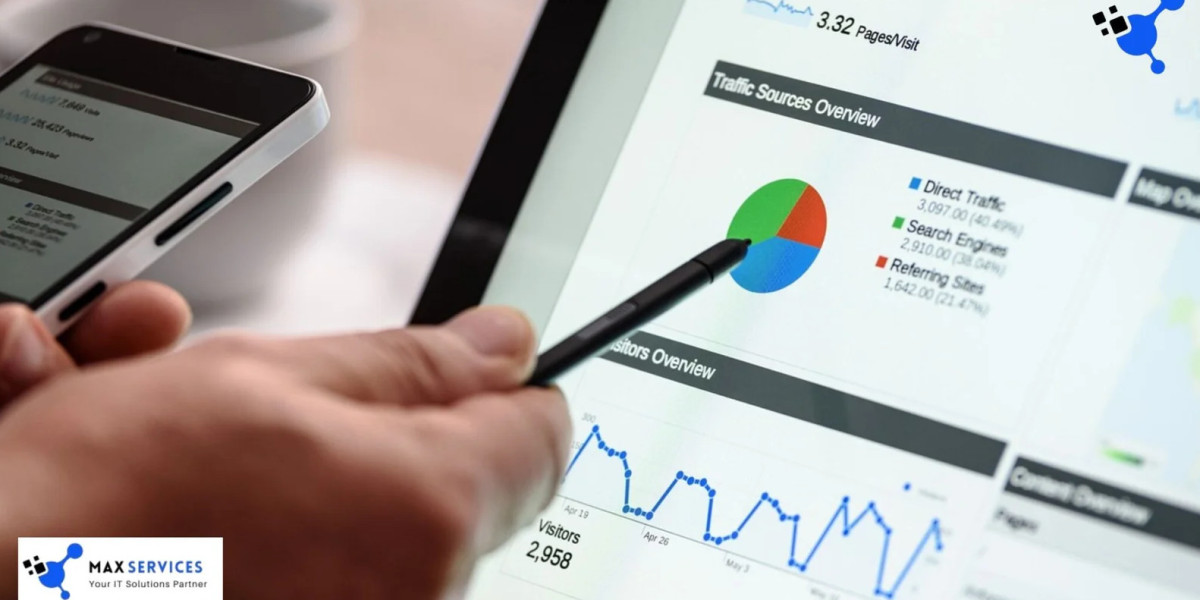The Role of AI in Conversion Rate Optimization (CRO)
In today’s highly competitive digital landscape, businesses continuously seek innovative ways to stay ahead. A crucial metric for online enterprises is the conversion rate—the percentage of visitors who complete a desired action, such as making a purchase or subscribing to a newsletter. AI-driven CRO presents a transformative approach to enhancing conversion rates through automation, personalization, and real-time optimization.
Understanding AI-Driven CRO
AI-powered CRO leverages machine learning algorithms and advanced data analysis tools to enhance website and campaign conversion rates. By utilizing AI, businesses can identify and execute strategies that effectively convert website visitors into customers. Conversion actions range from purchases and sign-ups to downloads and clicks.
AI-driven CRO employs sophisticated algorithms to analyze extensive user interaction data, including metrics such as time spent on site, click-through rates, bounce rates, and purchasing behavior. By recognizing patterns in user activity, AI can anticipate customer needs and preferences, allowing for real-time adjustments that significantly boost conversions.
Unlike traditional CRO, which relies on manual analysis and testing, AI-driven tools continuously learn and adapt, refining optimization strategies over time to align with customer expectations and business objectives.
Key Benefits of AI-Powered CRO
Cost Efficiency
Traditional CRO methods often require substantial investments in consultants, software, and time-consuming testing. AI-powered CRO automates much of this process, identifying weak points in the conversion funnel—such as broken links or slow-loading pages—that may drive potential customers away. While AI implementation may require an initial investment, the long-term cost savings and efficiency gains yield a strong return on investment (ROI).
Enhanced Efficiency
AI significantly improves marketing and conversion efficiency by automating tasks that would otherwise demand hours of manual effort. Industry research suggests that AI-powered CRO solutions can save marketing professionals an average of 6.4 hours per week. AI systems analyze web traffic, track user behavior, and even generate and test new campaigns with minimal human intervention, enabling businesses to make real-time strategic adjustments.
Scalability
One of AI’s greatest advantages in CRO is its scalability. As businesses grow, managing vast amounts of data and increasing customer interactions becomes more complex. Traditional CRO methods may require additional personnel and resources, whereas AI-powered tools handle large datasets and intricate tasks seamlessly, ensuring high conversion rates without the need for additional infrastructure.
How AI Enhances Conversion Rates: Three Key Strategies
1. Automated A/B Testing
A/B testing, or split testing, is a cornerstone of CRO, involving the comparison of different webpage, ad, or email campaign versions to determine which performs best. Traditional A/B testing requires manual content creation and result monitoring.
AI streamlines this process by generating multiple webpage variations and testing them in real-time against user behavior. The system quickly identifies the most effective elements—such as button colors, headlines, or calls to action—and implements them automatically. A prime example is Netflix’s AI-driven content recommendations, which continuously test different layouts and suggestions to enhance user engagement.
2. AI-Powered Chatbots
AI-driven chatbots are now integral to e-commerce platforms, offering instant, 24/7 customer support. These chatbots enhance user engagement and improve conversion rates by addressing customer queries in real time, preventing potential drop-offs due to unresolved concerns.
Unlike traditional bots that rely on scripted responses, AI-powered chatbots utilize natural language processing (NLP) to understand and respond to complex queries in a personalized manner. They learn from past interactions and recommend products based on user preferences. Platforms like Tidio and Willdesk enable businesses to integrate AI chatbots, boosting customer satisfaction and conversions.
3. Hyper-Personalization
Hyper-personalization tailors content, recommendations, and experiences to individual users based on their browsing behavior, preferences, and past interactions. Traditional personalization segments customers into broad categories, whereas hyper-personalization employs AI to deliver unique, user-specific experiences.
For instance, AI systems can track a user’s browsing history, past purchases, and even interactions on social media to present personalized product recommendations upon their return to a website. This level of customization enhances customer satisfaction, fosters long-term loyalty, and maximizes Customer Lifetime Value (CLV)—the total revenue a business can expect from a single customer.
Conclusion
AI-powered Conversion Rate Optimization (CRO) is reshaping how businesses approach digital marketing and sales. Through advanced machine learning algorithms, businesses can analyze massive datasets, refine user experiences, and automate previously manual CRO processes.
The benefits of AI-driven CRO are undeniable—it reduces costs, increases efficiency, and scales seamlessly with business growth. By incorporating automated A/B testing, AI chatbots, and hyper-personalization, businesses can significantly improve conversion rates and foster customer loyalty.
As AI technology continues to advance, even more sophisticated optimization techniques will emerge, equipping businesses with the tools they need to remain competitive in an ever-evolving digital landscape. Embracing AI-driven CRO is no longer optional—it is a strategic necessity for sustained growth and success.








